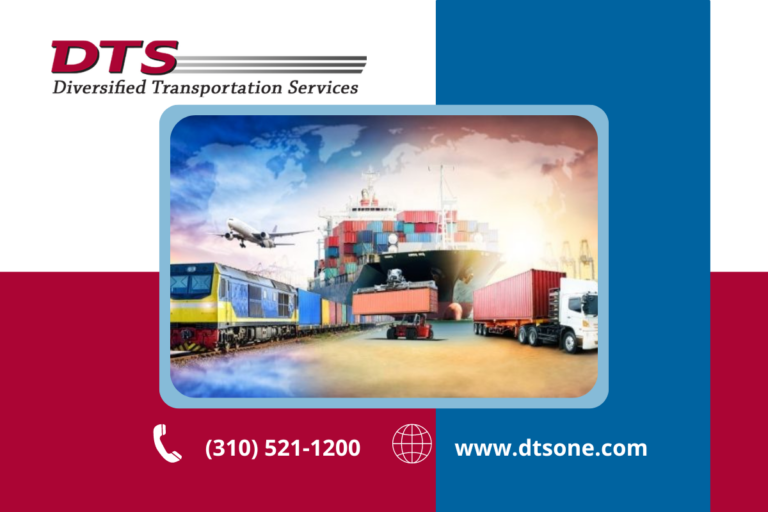
The shipping and logistics industry was not always as large and intricate as it is today. In fact, logistics first began in the military and was not used by businesses until after World War II. However, with a dramatic increase in globalization due to modern technology and transportation, businesses today need efficient shipping and logistics services in order to succeed. So, how did the shipping and logistics industry enter the world of business? Learn about the history of the logistics and shipping industry below.
Before the 3rd Century B.C., merchants, shop owners, farmers, and craftsmen often sold or traded their products and goods locally. During the 3rd Century B.C., shop owners and merchants discovered that transporting their products by sea was much faster, cheaper, and more efficient than by land. In those times, there were no standardized containers, and goods were packed into sacks, crates, and barrels of all sizes and then placed below deck. There was no guarantee that your products would reach their destination, however, and fortunes were often lost due to pirates, storms, thieves, and rough seas.
Shipping as we know it today came into being around the 1900s. Before this time, businesses relied on local transportation and simple supply chains. These simple supply chains used very few steps to transport the product to the end consumer. For instance, a farmer who harvested wheat would transport it to a mill, and then after it was turned into flour, the mill would send it to a pastry chef, who would bake pastries to sell locally to people near his shop. It was a very simple method of shipping that involved very few steps, meaning very little logistics and planning.
As previously stated, logistics was created by the Roman and Greek militaries. Rome, in particular, had a complex logistics system that they used to support their troops and transport food, weapons, and other equipment during wars and military campaigns. In fact, Rome had special personnel called “logistakas” whose main duties were to allocate and transport resources for the legions. Although logistics was used by the military for many years, especially during World War I and World War II, it wasn’t until the 1960s that businesses began to use logistics with shipping. For businesses, logistics involved filing orders, production planning, distributing products, warehousing, storing, and even customer service. They discovered that logistics made their shipping process much more streamlined, and cost-efficient, and allowed them to transport goods quickly to their customers.
One of the main reasons why businesses began to focus more on shipping and logistics in the mid-20th century is because of globalization. During this period, more advanced vehicles, railroads, planes, and ships made it possible for businesses to ship their products quickly, not only in their local areas but also worldwide. Additionally, machinery such as forklifts played important roles in warehousing and transporting items. Globalization at this time allowed businesses to increase their customer base and success, but in order to do that, they needed fast and cost-effective ways to get their products to consumers.
In 1956, an American truck driver by the name of Malcolm McLean developed the first metal shipping containers. Shipping containers completely revolutionized the transportation industry and are still used to this day. Not long after they were invented, shipping containers were standardized to make transportation easier and more efficient. Businesses today use these containers to both ship and store their products in large quantities. Today, there are a few different grades of shipping containers, and each one is made for shipping specific types of products. For instance, if you need to transport food items, you’ll need a food-grade container.
During the 1980s, businesses began to use computers to handle their logistics and shipping procedures. Computers became smaller and more accessible with the invention of the personal computer during this time. Then, with the emergence of the Internet in 1990, companies began to use spreadsheets and map-based interfaces to improve their logistics procedures. Today, the shipping and logistics industry relies heavily on technology, allowing businesses to plan, track, and organize their shipments all with a few clicks of the mouse.
Due to all this technology, businesses needed someone who knew how to manage their supply chain and shipping processes. Thus, supply chain management was born, and this job involves handling the entire flow of a product or service. To be concise, a supply chain manager monitors the entire journey of a product, from its beginning as raw components to its end with consumers. A supply chain manager must be familiar with all stages of transportation, supply chain and logistics technology, and strategies to make shipping processes more efficient.
As you can see, the shipping and logistics industry that we know today would not exist without the discoveries and inventions of the past. Shipping containers, machinery, and technology all allow businesses to ship their products anywhere around the world. Today, shipping processes are so fast and streamlined that you can ship your products to another country within a single day. As technology continues to grow in the upcoming years, the shipping and logistics industry will change as well. Here are some new technologies that may impact this industry in the future:
This is a brief history of the shipping and logistics industry. Businesses have come a long way since the 1960s, and this industry continues to grow larger and larger every year. Because shipping and logistics processes are so complex, many businesses today rely on third-party logistics providers to manage their transportation needs.
If you require a reliable third-party logistics provider for your large or small business, reach out to Diversified Transportation Services. Save your time and energy for your business and allow Diversified Transportation Services to manage all your transportation needs!
Whether you're a company looking to improve one facet of your supply chain, your entire supply chain, or simply looking for a transportation and logistics consultation, we can help.